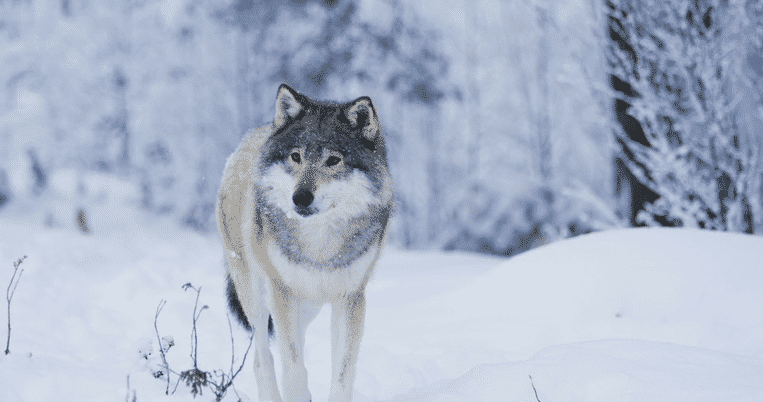
Mar 02, 2022 Wolves Revisited
In the January 2022 WellBeing News, we wrote about the proposed wolf hunt in Norway. We mentioned that there had been a court injunction barring the Norwegian Government from issuing permits to shoot 51 of the estimated 80 wolves in the country – an estimated 25 of which live in a special wolf conservation zone along the Norway/Sweden border. However, on 12 February, the Norwegian court of appeal reversed the district court’s injunction, and the hunt started over the weekend. Nine wolves were shot in a single day. However, Finland suspended licenses to kill wolves, citing EU legislation, while Sweden allowed its wolf hunt to proceed (with a target of 27 wolves).
There are different approaches to wolves and wolf management in the United States of America (USA), depending on the state. Ted Williams, a longtime writer on fish and wildlife conservation, has recently written about the killing of wolves in the Northern Rockies states. Whether or not you agree with Williams’ criticisms of the state governments and the Federal authorities for their approach to wolves, he brings his usual acerbic pen to the discussion of wolf management. He criticizes Montana, Idaho, and Wyoming for resurrecting “America’s tradition of persecuting wolves.”
He is kinder towards Wisconsin, where native American tribes and wildlife groups used the courts to stop a planned November 2021 hunt, and the state authorities did not appeal the ruling. Meanwhile, the wolf story in Minnesota is much more positive. The state established a bounty system for wolves in 1849. It only abolished bounties in 1965 when the total wolf population in the state was confined to the boundary waters and lake district on the Canadian border and may have numbered just 350 individuals. Since then, the wolf population has grown to an estimated 2,700 in 2019, and wolves now roam over half the state.
The Minnesota Department of Natural Resources (DNR) has supported extensive research into the behavior and biology of wolves. It established a wolf management plan in 2001 in which the DNR “committed to ensuring the long-term survival of the wolf in Minnesota, and also to resolving conflicts between wolves and humans.” The plan is currently being updated.
Critically, the DNR acknowledges the complex relationship between wolf populations and their prey (primarily moose and white-tailed deer). In a healthy ecosystem, wolf populations will go down when prey numbers fall and go up when prey numbers rise, typically with a lag phase. In Minnesota, moose numbers have dropped dramatically from around 8,000 individuals to a little more than 3,000 today but appear to have stabilized at the lower number. A variety of reasons for the moose decline are under investigation, with wolf predation of calves being one possible factor.
The Rocky Mountain and Pacific states are currently grappling with wolf management and balancing growing urban public support for wolves versus rancher antipathy towards the animals. Meanwhile, Minnesota (and perhaps Michigan) appears to have developed a reasonable model of constructive wolf management.


